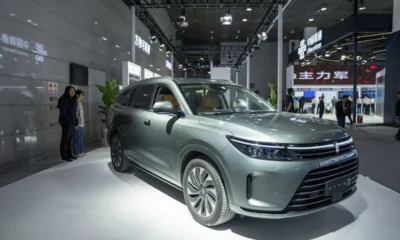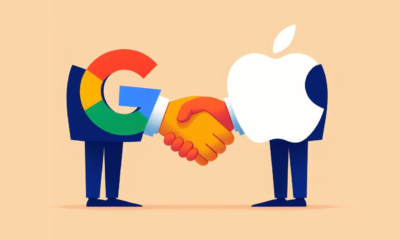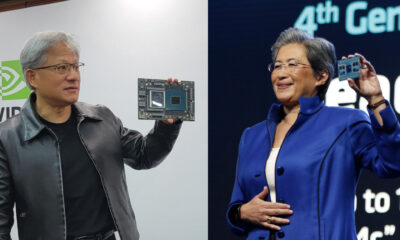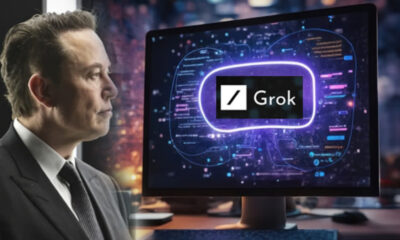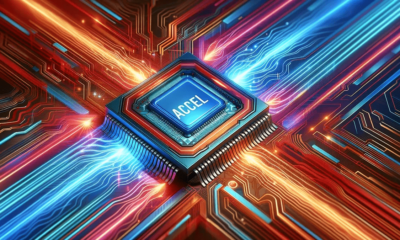AI
How terrifying is ChatGPT: It can destroy a 30-year legal career and is about to be brought to court.

How did ChatGPT ruin the career of a lawyer? It generated numerous summaries about non-existent events.
A man named Roberto Mata has just filed a lawsuit against Avianca airline after being hit by a baggage cart at John F. Kennedy International Airport in New York. When Avianca requested the federal judge in Manhattan to dismiss the lawsuit, Mata’s lawyer strongly objected and subsequently submitted a lengthy 10-page summary citing related lawsuits, such as one filed by a man named Martinez against Delta Air Lines, Zicherman against Korean Air Lines, and Varghese against China Southern Airlines.
However, later on, no one, including the airline’s lawyer and the presiding judge, could find any sources or citations for the mentioned information. It turned out that all the summarized documents were generated by ChatGPT.
The attorney, Steven A. Schwartz from the law firm Levidow, Levidow & Oberman, referenced the chatbot as a source and requested the court for forgiveness. He acknowledged his mistake in using an unreliable artificial intelligence program as evidence for the lawsuit.
According to The New York Times, Schwartz has been practicing law in New York for 30 years and had no intention of deceiving the court. He stated that he had never used ChatGPT before and was unaware of its potential inaccuracies, promising never to do so again.
Judge Castel expressed that he had never encountered a legal submission filled with “false rulings” like this before. He decided to schedule a hearing on June 8th to discuss the potential punishment for the attorney.
As AI permeates the online world, it has raised the prospect that one day machines will replace humans in the workforce. This prospect is particularly daunting for knowledge workers.
According to Stephen Gillers, a professor of legal ethics at New York University School of Law, this issue is particularly contentious among lawyers, who are already debating the value and dangers of AI.
“You cannot use ChatGPT, gather information, and then paste it into your court filings,” said Stephen Gillers.
Earlier, Avianca airline’s lawyers wrote a letter to Judge Castel, stating that they could not find the referenced cases in the summary provided by attorney Roberto Mata.
“These quoted phrases cannot be found, nor anything similar to them,” the airline’s lawyers said.

Bart Banino, Avianca’s lawyer from Condon & Forsyth, also stated that his firm could not find any evidence to support the authenticity of the cited references. He suspected that a chatbot might have been involved.
It is known that ChatGPT has been the subject of much controversy, such as how long it will take for this technology to operate without any human intervention. Even CEO Sam Altman of OpenAI has acknowledged the limitations of this technology.
“ChatGPT still has many shortcomings but makes people think it is flawless. We should not rely on this chatbot for important matters,” he shared.
A letter signed by prominent figures including Steve Wozniak, co-founder of Apple, and Elon Musk, along with over 1,000 business leaders, has called for a temporary halt and enhanced security measures in the development of AI models. Their concerns arise from the rapid advancement of artificial intelligence technology and the need to ensure trust and risk control.
The signatories propose that the development of powerful AI models, such as OpenAI’s GPT-4, should proceed only when there is a guarantee of earning trust and maintaining full control over potential risks. The idea behind slowing down the process is rooted in the belief that taking the time to refine and perfect AI will not cause any harm, as the ultimate goal will still be achieved.
James Grimmelmann, a distinguished professor of digital technology, expressed his support for the initiative, stating, “Slowing down the pace of developing new AI models is a commendable idea. If AI is truly beneficial, waiting for months or even years will not hinder our progress. In the end, we will ultimately attain our desired objectives.”
AI
Elon Musk’s super AI Grok was created within two months.
The development team of xAI stated that Grok was trained for two months using data from the X platform.
“Grok is still in the early testing phase, and it is the best product we could produce after two months of training,” xAI wrote in the Grok launch announcement on November 5th.
This is one of the AI systems that has been trained in the shortest amount of time. Previously, OpenAI took several years to build large language models (LLMs) before unveiling ChatGPT in November 2022.
xAI also mentioned that Grok utilizes a large language model called Grok-1, which was developed based on the Grok-0 prototype with 33 billion parameters. Grok-0 was built shortly after the company was founded by Elon Musk in July of this year.
With a total time of approximately four months, the company asserts that Grok-1 surpasses popular models like GPT-3.5, which is used for ChatGPT. In scoring benchmarks on mathematical and theoretical standards such as GSM8k, MMLU, and HumanEval, xAI’s model outperforms LLaMa 2 70B, Inflection-1, and GPT-3.5.
For example, in a math problem-solving test based on this year’s Hungarian National High School Math Competition, Grok-1 achieved a score of 59%, higher than GPT-3.5’s score of 41% and only slightly below GPT-4 (68%).
According to xAI, the distinguishing feature of Grok is its “real-time world knowledge” through the X platform. It also claims to answer challenging questions that most other AI systems would reject.
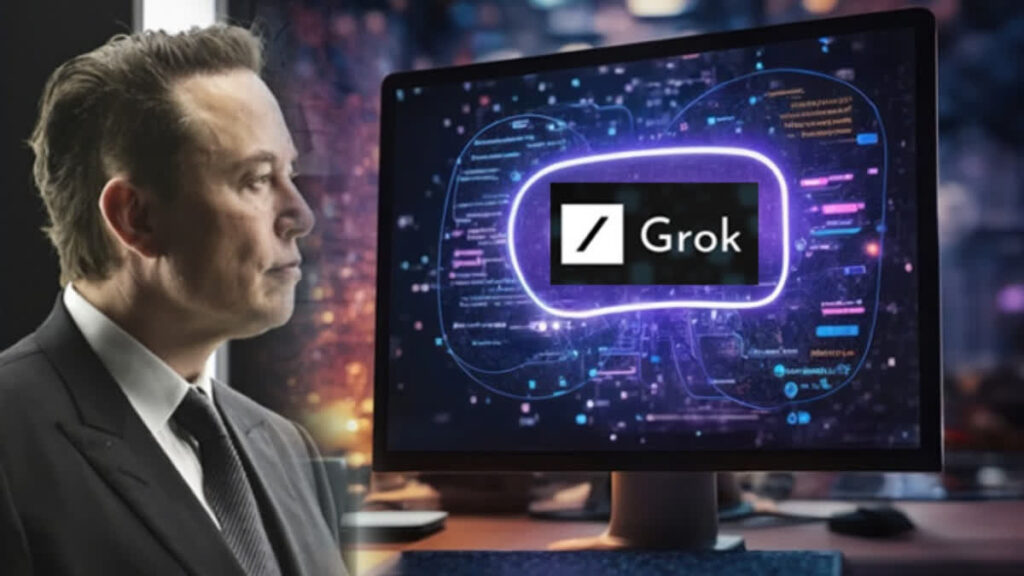
On the launch day, Musk also demonstrated this by asking the question, “the steps to make cocaine.” The chatbot immediately listed the process, although it later clarified that it was just joking.
This is the first product of Musk’s xAI startup, which brings together employees from DeepMind, OpenAI, Google Research, Microsoft Research, Tesla, and researchers from the University of Toronto. Musk is also a co-founder of OpenAI, the organization behind ChatGPT, established in 2015. He later left the company due to disagreements over control. During his departure, he declared his intention to compete for talent from the company while also cutting off the previously promised $1 billion in funding.
Read more: Google, Meta, Microsoft, OpenAI… agree with voluntary measures to protect AI.
AI
AI generation – a new battleground in phone chip design.
Smartphone and mobile chip manufacturers are participating in the wave of AI generation to bring this technology to phones in the near future.
AI generation has exploded over the past year, with a range of applications being released to generate text, images, music, and even versatile assistants. Smartphone and semiconductor companies are also building the latest hardware to not miss out on the wave. Leading the way is Google’s Pixel 8, while Qualcomm’s Snapdragon 8 Gen 3 processor is also set to be launched in the coming days.
The latest signs indicate that phone manufacturers are welcoming AI generation from Google. The Pixel 8 series is the first set of smartphones capable of operating and processing Google’s Foundation Models for AI generation directly on the device without the need for an internet connection. The company stated that the models on the Pixel 8 reduce many dependencies on cloud services, providing increased security and reliability as data is not readily available.
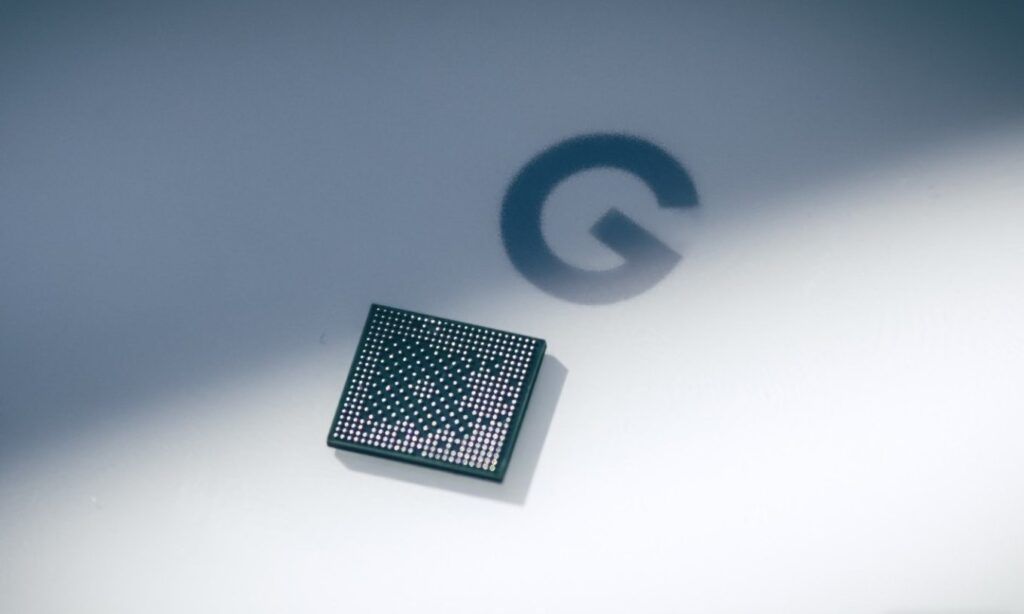
This has become a reality thanks to the Tensor G3 chip, with the Tensor (TPU) processor significantly improving over last year. The company usually keeps the operation of the AI chip secret but has revealed some information, such as the Pixel 8 having double the number of on-device machine learning models compared to the Pixel 6. The AI generation on the Pixel 8 also has the ability to compute 150 times faster than the largest model of the Pixel 7.
Google is not the only phone manufacturer applying AI generation at the hardware level. Earlier this month, Samsung announced the development of the Exynos 2400 chipset with AI computing performance increased by 14.7 times compared to the 2200 series. They are also developing AI tools for their new phone line using the 2400 chip, allowing users to run text-to-image applications directly on the device without an internet connection.
Qualcomm’s Snapdragon chip is the heart of many leading Android smartphones globally, which raises expectations for the AI generation capabilities on the Snapdragon 8 Gen 3 model.
Earlier this year, Qualcomm demonstrated a text-to-image application called Stable Diffusion running on a device using Snapdragon 8 Gen 2. This indicates that image generation support could be a new feature on the Gen 3 chipset, especially since Samsung’s Exynos 2400 also has a similar capability.
Qualcomm Senior Director Karl Whealton stated that upcoming devices can “do almost anything you want” if their hardware is powerful, efficient, and flexible enough. He mentioned that people often consider specific AI generation-related features and question whether the existing hardware can handle them, emphasizing that Qualcomm’s available chipsets are powerful and flexible enough to meet user needs.
Some smartphones with 24 GB of RAM have also been launched this year, signaling their potential for utilizing AI generation models. “I won’t name device manufacturers, but large RAM capacity brings many benefits, including performance improvement. The understanding capability of AI models is often related to the size of the training model,” Whealton said.
AI models are typically loaded and continuously reside in RAM, as regular flash memory would significantly increase application loading times.
“People want to achieve a rate of 10-40 tokens per second. That ensures good results, providing almost human-like conversations. This speed can only be achieved when the model is in RAM, which is why RAM capacity is crucial,” he added.
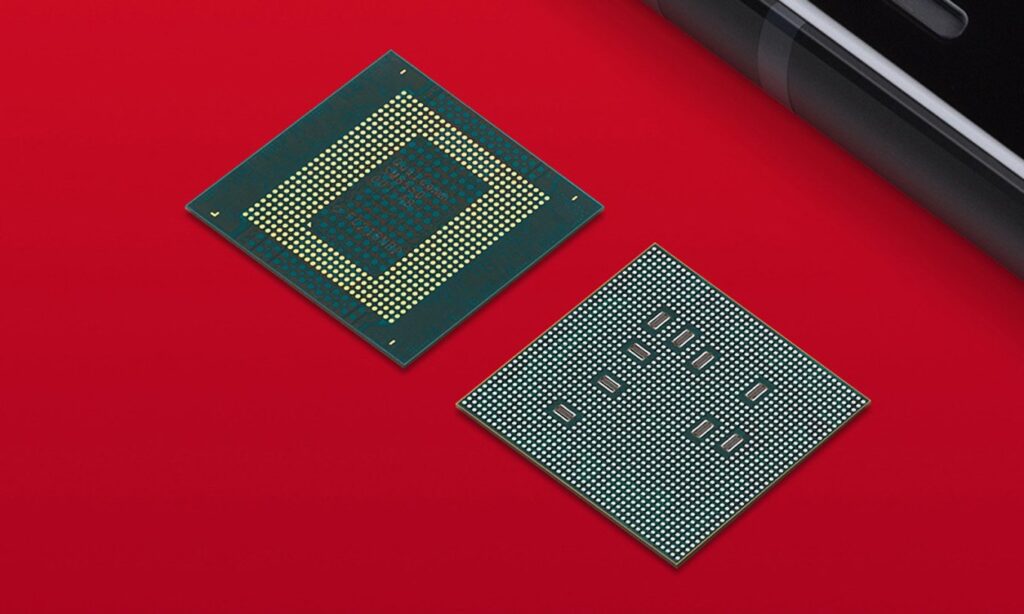
However, this does not mean that smartphones with low RAM will be left behind.
“On-device AI generation will not set a minimum RAM requirement, but RAM capacity will be proportional to enhanced functionality. Phones with low RAM will not be left out of the game, but the results from AI generation will be significantly better with devices that have larger RAM capacity,” commented Director Whealton.
Qualcomm’s Communications Director, Sascha Segan, proposed a hybrid approach for smartphones that cannot accommodate large AI models on the device. They can host smaller models and allow processing on the device, then compare and validate the results with the larger cloud-based model. Many AI models are also being scaled down or quantized to run on mid-range and older phones.
According to experts, AI generation models will play an increasingly important role in upcoming mobile devices. Currently, most phones rely on the cloud, but on-device processing will be the key to expanding security and operational features. This requires more powerful chips, more memory, and smarter AI compression technology.
AI
AI can diagnose someone with diabetes in 10 seconds through their voice.
Medical researchers in Canada have trained artificial intelligence (AI) to accurately diagnose type 2 diabetes in just 6 to 10 seconds, using the patient’s voice.
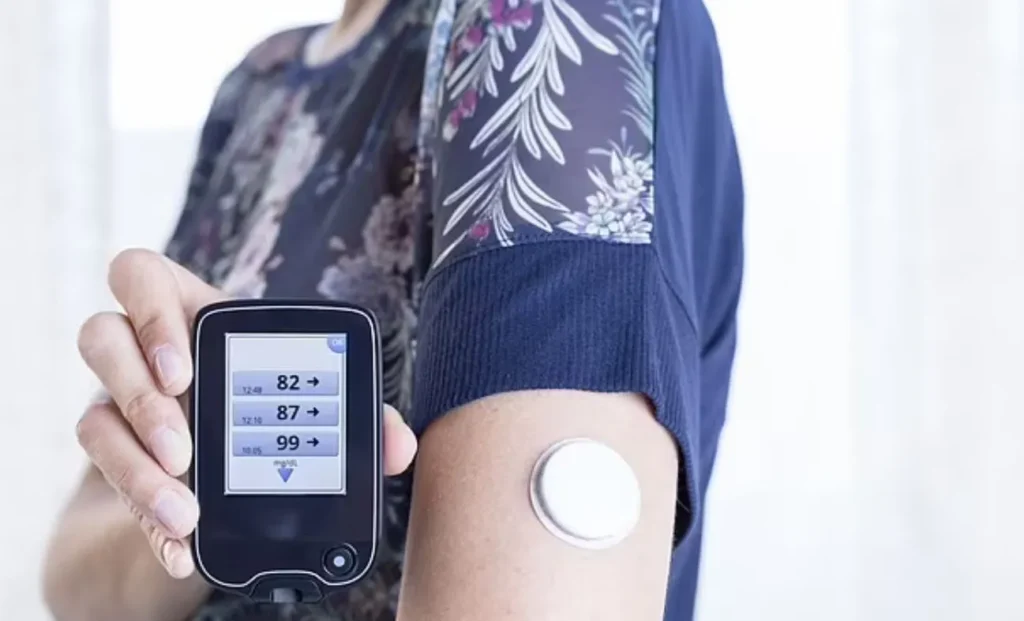
According to the Daily Mail, a research team at Klick Labs in the United States has achieved this breakthrough after their AI machine learning model identified 14 distinct audio characteristics between individuals without diabetes and those with type 2 diabetes.
The AI focused on a set of voice features, including subtle changes in pitch and intensity that are imperceptible to the human ear. This data was then combined with basic health information, including age, gender, height, and weight of the study participants.
The researchers found that gender played a determinant role: the AI could diagnose the disease with an accuracy rate of 89% for women, slightly lower at 86% for men.
This AI model holds the promise of significantly reducing the cost of medical check-ups. The research team stated that the Klick Labs model would be more accurate when additional data such as age and body mass index (BMI) of the patients are incorporated.
Mr. Yan Fossat, Deputy Director of Klick Labs and the lead researcher of this model, is confident that their voice technology product has significant potential in identifying type 2 diabetes and other health conditions.
Professor Fossat also teaches at the Ontario Tech University, specializing in mathematical modeling and computational science for digital health.
He hopes that Klick’s non-invasive and accessible AI diagnostic method can create opportunities for disease diagnosis through a simple mobile application. This would help identify and support millions of individuals with undiagnosed type 2 diabetes who may not have access to screening clinics.
He also expressed his hope to expand this new research to other healthcare areas such as prediabetes, women’s health, and hypertension.
-
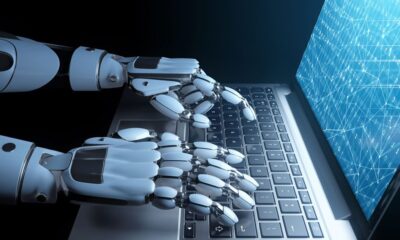
 AI1 year ago
AI1 year agoAI only needs to listen to the sound of keystrokes to predict the content, achieving an accuracy rate of up to 95%
-
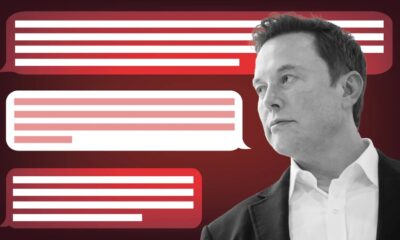
 AI2 years ago
AI2 years agoMusk aims to create a super AI to rival ChatGPT
-
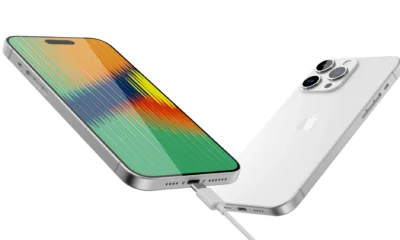
 Mobile2 years ago
Mobile2 years agoProduction issue with iPhone 15 display raises concerns among users
-
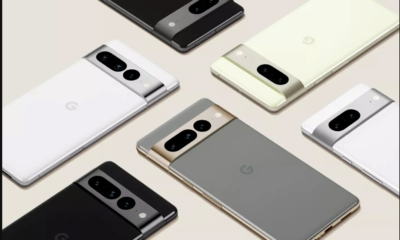
 Entertainment2 years ago
Entertainment2 years agoSurprisingly, a single YouTube video has the potential to cause serious harm to Google Pixel’s top-of-the-line smartphone
-
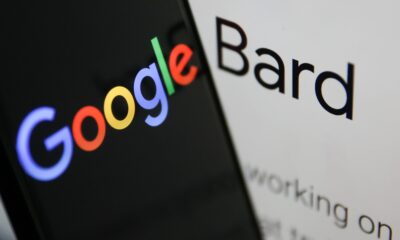
 AI2 years ago
AI2 years agoUpon its debut, Google’s chatbot Bard dealt a cold blow to its very creator.
-

 Entertainment2 years ago
Entertainment2 years agoCS:GO Breaks Records with Surging Gamer Engagement and Increased Spending
-

 Crypto1 year ago
Crypto1 year agoExplore in detail about Web 3
-

 Tips & Tricks2 years ago
Tips & Tricks2 years agoHow to distinguish AI-generated photos?


